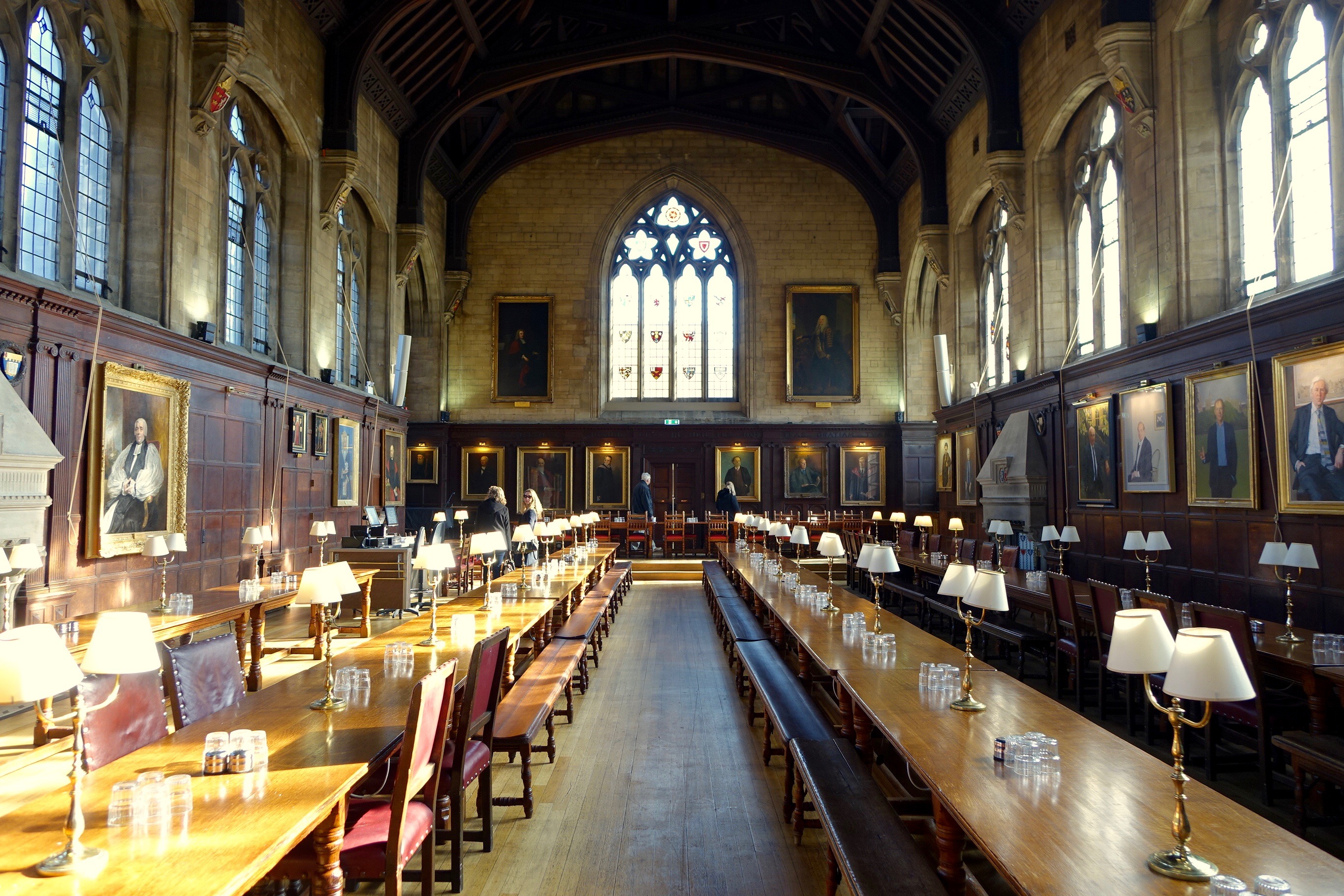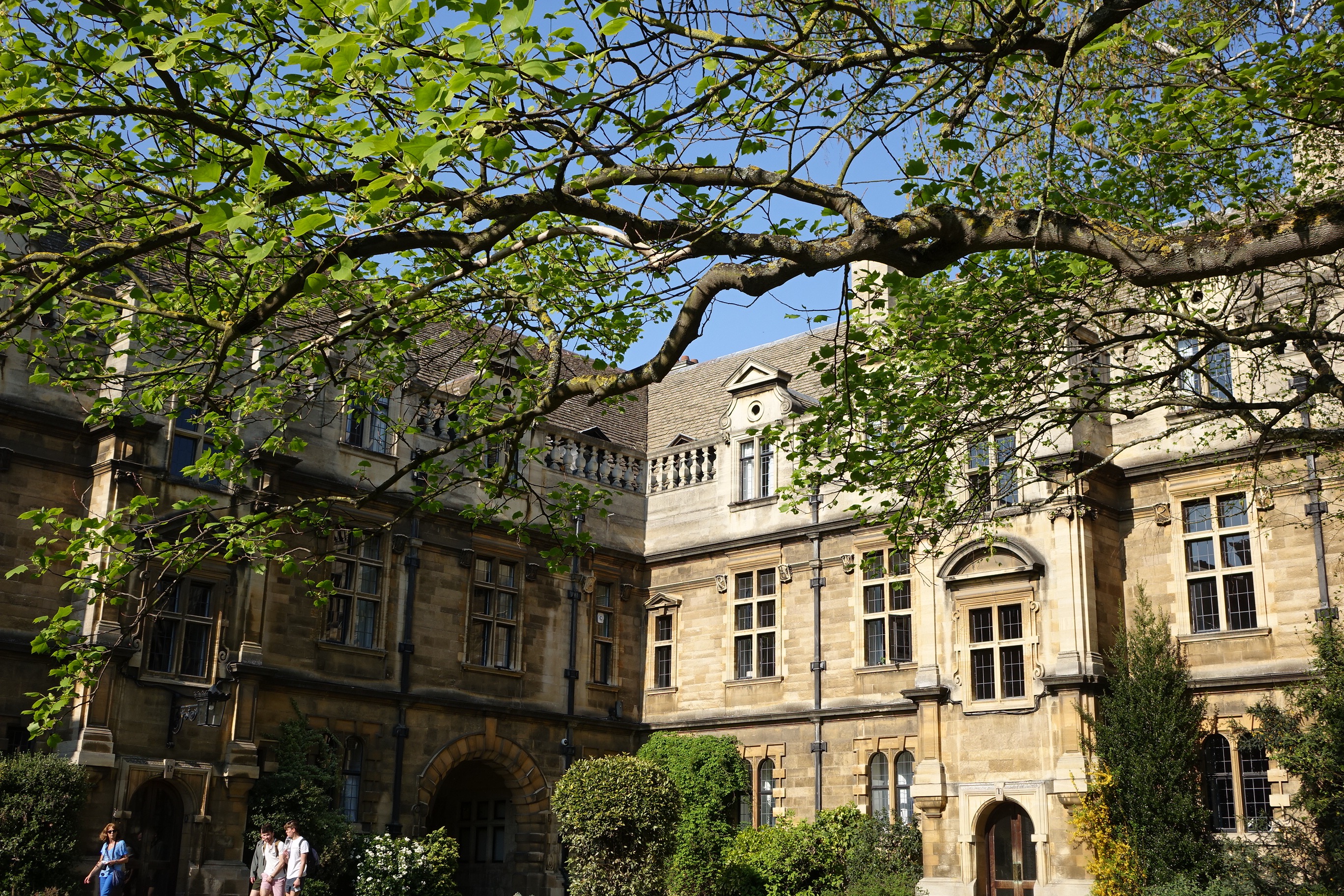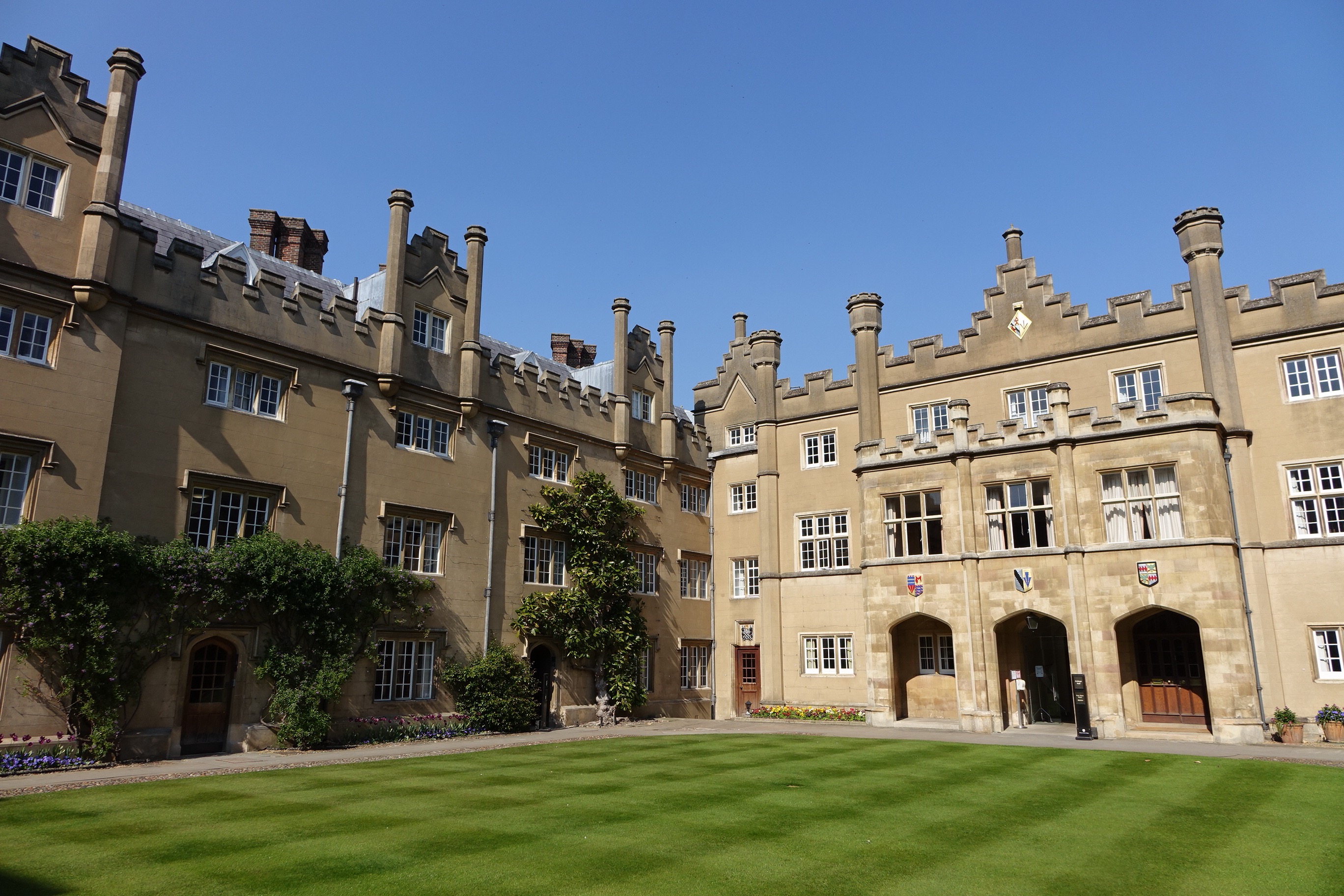I continue my Oxbridge season with a focus in on one of the cities in particular, and on one of its colleges to be exact: Peterhouse College in Cambrige. The colleges of Cambridge are many, mighty and almost universally magnificent, and on our recent visit we spent two days utterly engrossed in just a few of these historical gems. It would be hard to pick a favourite, such is the mix of architecture they offer, the grandeur of their halls and chapels, and the cosiness of the gardens and quads they all inevitably exhibit. However, one college which really struck me like a charmed arrow of Cupid was Peterhouse. This impact was not so much because of the college buildings (which were, by the way, quite stunning); but because of its gardens.
We caught a glimpse of the Peterhouse garden from inside the grand Fitzwilliam museum. We had just been having a look at the museum’s impressive collection of art, including impressionist masterpieces by the likes of Sisley and Whistler. It was perhaps with those paintings imprinted on my mind’s eye that, when through the filter of a blind I saw a paradise garden of wild flowers and picnicking students through a series of windows forming a backdrop to the museum’s collection of antiquities, I naturally assumed that the view was some kind of manmade projection of a painting. It was only when I blinked again that I realised that the garden was real, and we set about trying to find it.


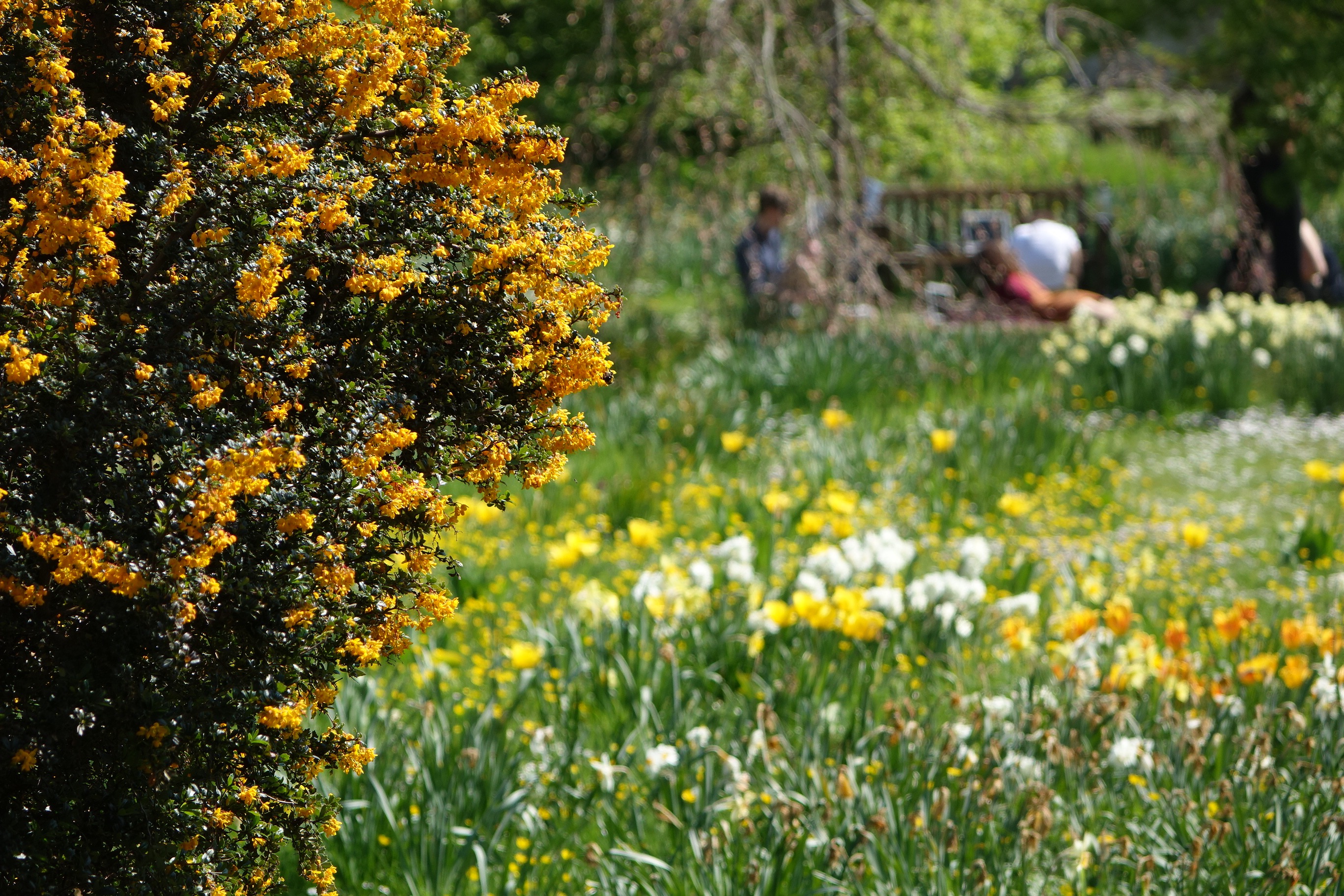





Like all promises of paradise, this one was not an easy find. A walk around the museum’s perimeter met with several dead ends against frustratingly impenetrable high brick walls. Then when we entered the grounds of Peterhouse next door, we were met only with a couple of small carefully manicured courtyards. It was only when, at the dark end of a small corridor, we saw an old wooden door, that our curiosity was peaked, and we tried the old antique latch appended to the timbers. The door opened, and like the entrance onto a fairy-tale, a magical, golden light seeped through. Ducking to pass through the 5ft (or lower) door, like Alice walking into her Wonderland having grown big on “eat me” treats, we came across a winding path which led, as if by magic, to that very same floral paradise we had glimpsed from the museum. We had found our paradise garden.
These photos don’t do justice to the true ensnaring wonder of that place, although they go some way to express the extent of floral wonder which met us in that sun-filled Elysium. Long grasses, wild flowers, bees and butterflies created a scene straight from a nursery rhyme. And just in case we suspected that we had somehow become lost in the pages of that same otherworldly tale, small smatterings of students sat within the grass, revising and chatting quietly before us, as though to prove that the place was real. It was like a painted Arcadia, a land where only happiness could pervade.





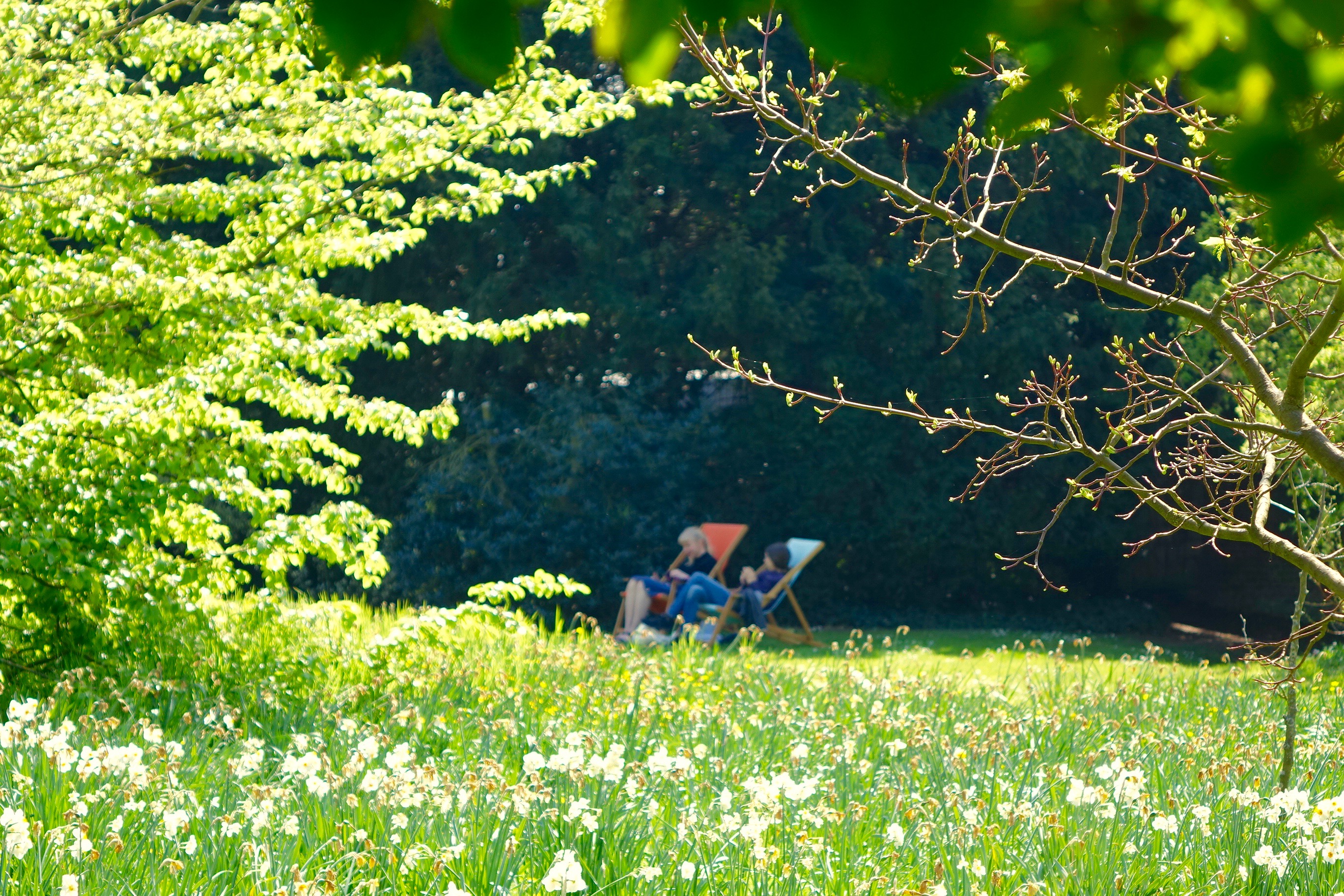

Sadly the passing of time meant that we had to leave this heavenly place soon after discovering it. But now we know where to find it, our return will be all the sweeter…if, of course, it turns out that this wonderland was real after all, and not just a figment of our wildest imagination.
© Nicholas de Lacy-Brown and The Daily Norm, 2019. Unauthorised use and/or duplication of the material, whether written work, photography or artwork, included within The Daily Norm without express and written permission from The Daily Norm’s author and/or owner is strictly prohibited.





















































